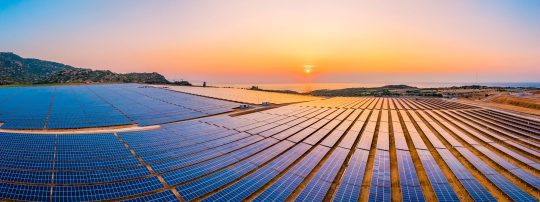Why aren’t we rolling out more climate tech?
New study explores how technologies interact at different levels and identifies potential opportunities and obstacles for their implementation.
Technology is part of the answer to slowing down global warming. Cloud seeding, carbon capture and carbon storage are igniting curiosity, but to many are still considered part of a science fiction future. While these technologies have potential, they face challenges like high costs, technical difficulties, social acceptance, and unknown risks.
A new study, by Kyle Herman and Benjamin Sovacool at the University of Sussex Business School, explores how these technologies interact at different levels and identifies potential opportunities and obstacles for their implementation.
The authors use a framework called the Multi-Level Perspective to analyse these challenges and opportunities in different countries:
- Bioenergy with carbon capture in the UK: Seen as a “stretch-and-transform” approach, meaning it requires significant changes to current systems.
- Direct air capture with carbon storage in the US: Viewed as “fit-and-conform,” meaning it can be integrated into existing systems with fewer changes.
- Cloud seeding in Australia: Considered “stretch-and-conform,” needing some changes but also fitting into current practices.
Applying the multi-level perspective to climate geoengineering: Sociotechnical bottlenecks for negative emissions and cloud seeding technologies is available to read in Energy Research & Social Science now.




